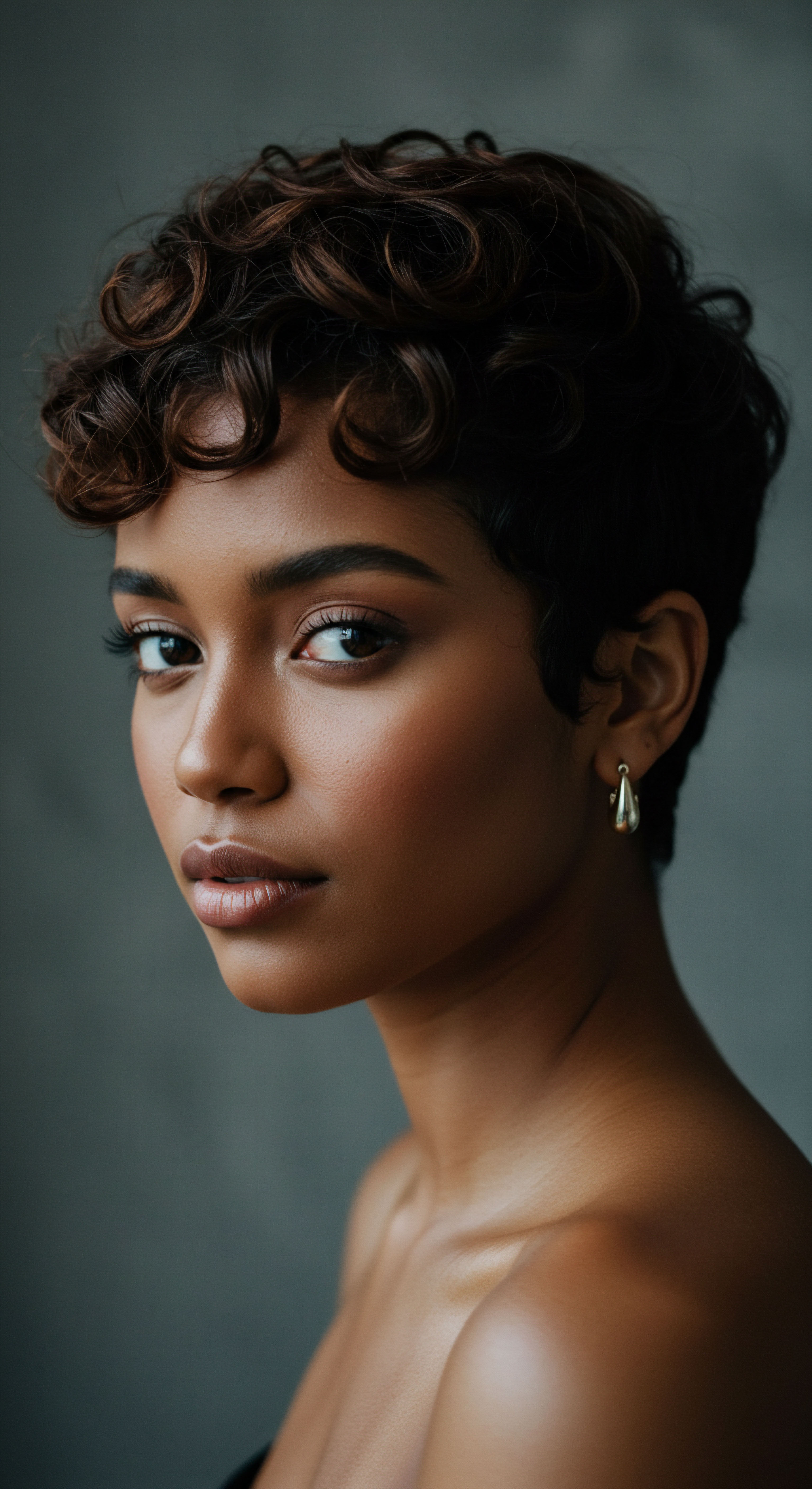
Roots
The landscape of our scalp, often hidden beneath a crown of textured strands, holds a delicate ecosystem, a vibrant garden where our hair truly begins its life. It is a place of profound significance, deeply connected to our overall well-being and heritage. Understanding this foundational space, its inherent rhythms, and its subtle vulnerabilities becomes a guiding light on the path to genuine hair health. Before we consider specific botanicals that might disrupt this balance, we first pause to appreciate the intricate world just beneath our hair, a world deserving of our most gentle attention.

The Scalp’s Protective Veil
The scalp, a specialized extension of our skin, functions as a primary protective shield. It maintains a slightly acidic pH, typically ranging between 4.5 and 5.5, which helps to deter the proliferation of unwanted microorganisms and keeps the hair’s outer cuticle smooth. This natural acidity, often called the ‘acid mantle,’ is a silent guardian, working tirelessly to preserve the integrity of the skin barrier. A healthy scalp barrier prevents foreign substances from entering while holding vital moisture within.
Beneath the surface, hair follicles, particularly those yielding textured hair, exhibit a unique, often curvilinear structure. This distinct shape influences how natural oils, or sebum, travel down the hair shaft. For straight hair, sebum moves with relative ease, but for coiled or curly patterns, this journey can be more challenging, sometimes leading to oil accumulation at the scalp and dryness along the lengths. This natural variability means the scalp environment for textured hair can be more prone to specific concerns, including product buildup and sensitivity, if not cared for with understanding.
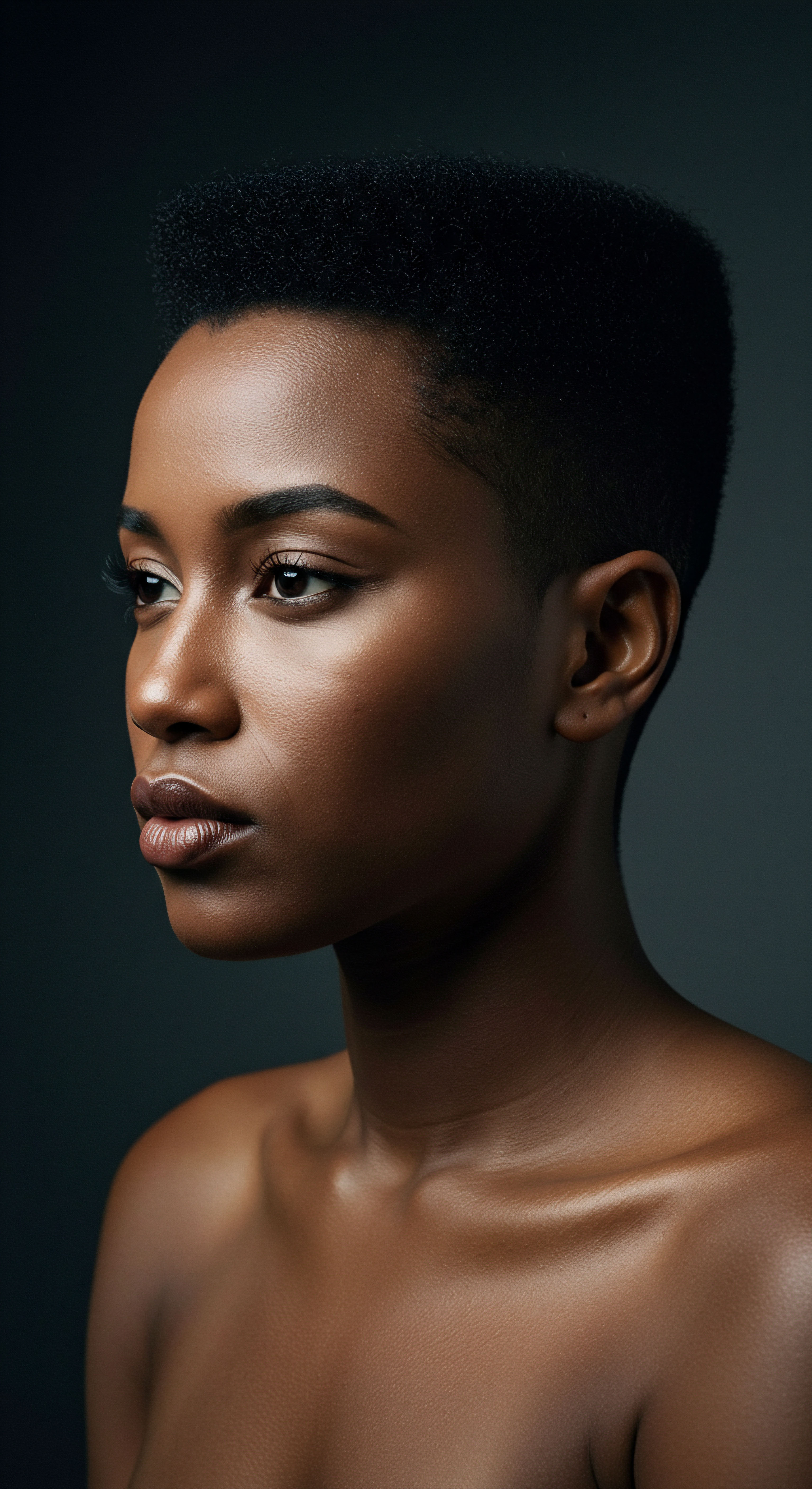
When Harmony is Disrupted
Even subtle shifts in the scalp’s environment can signal distress. Common indicators of irritation include a persistent itch, noticeable redness, or the appearance of flaking. These signs, while sometimes attributed to simple dryness or dandruff, can also point to a deeper issue, perhaps a reaction to something applied to the scalp. Recognizing these initial whispers of discomfort is the first step toward restoring calm and balance.
A healthy scalp, with its delicate pH and protective barrier, forms the true foundation for vibrant textured hair.
The scalp microbiome, a complex community of bacteria and fungi residing on the skin, also plays a significant role in scalp health. An imbalance in this microbial community can contribute to various scalp conditions, including dandruff and itching. Products that disrupt this balance can indirectly lead to irritation.
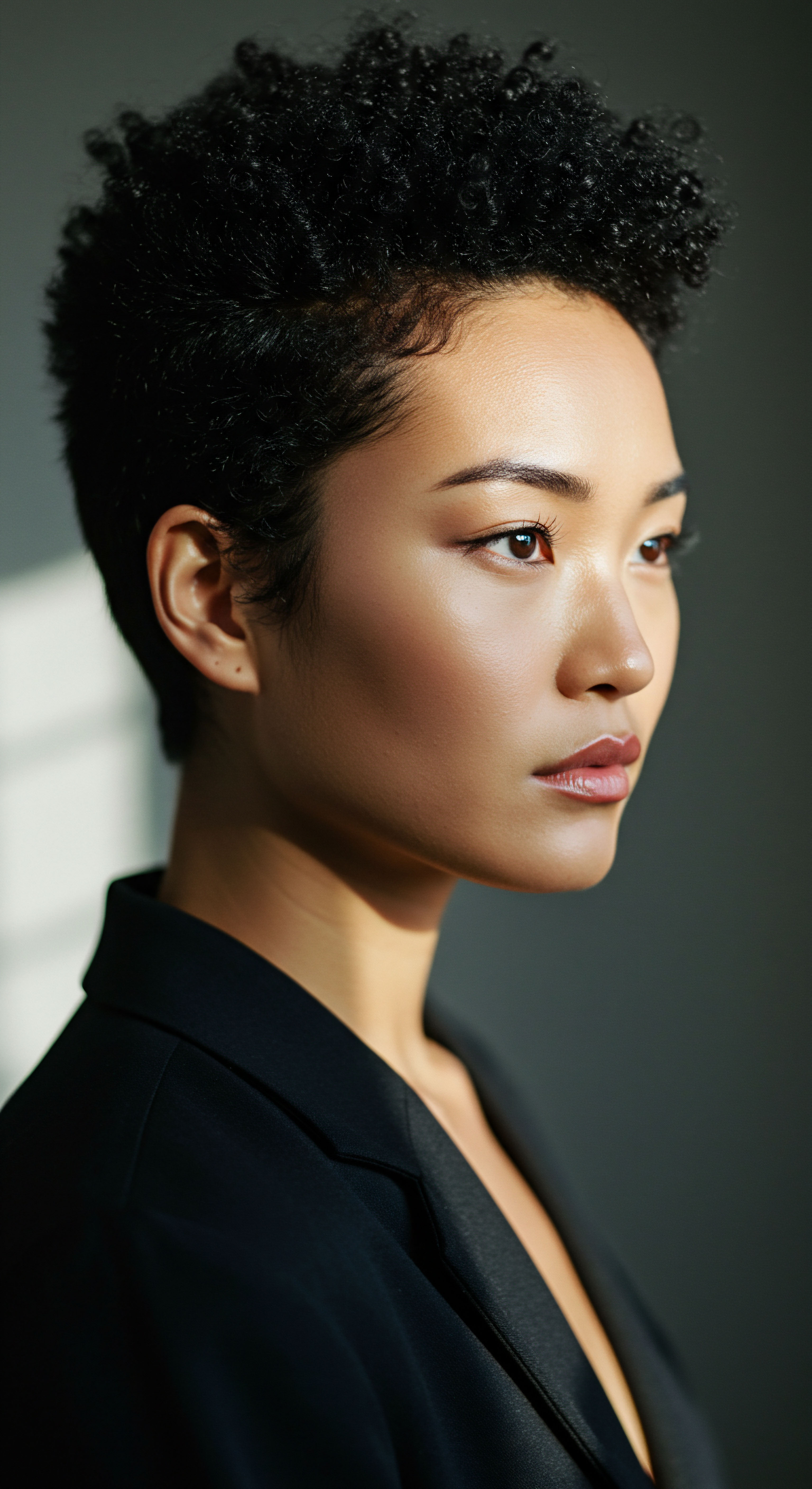
Ritual
Our daily and weekly routines, the mindful gestures of care we extend to our hair, form a sacred ritual. These practices, from cleansing to styling, are not merely mechanical steps; they are opportunities to connect with our strands and scalp. As we seek answers regarding natural extracts and potential irritation, we consider how our established practices interact with these botanical elements, shaping their impact on the sensitive landscape of the scalp. The wisdom of observation, of truly listening to what our scalp communicates, guides us here.
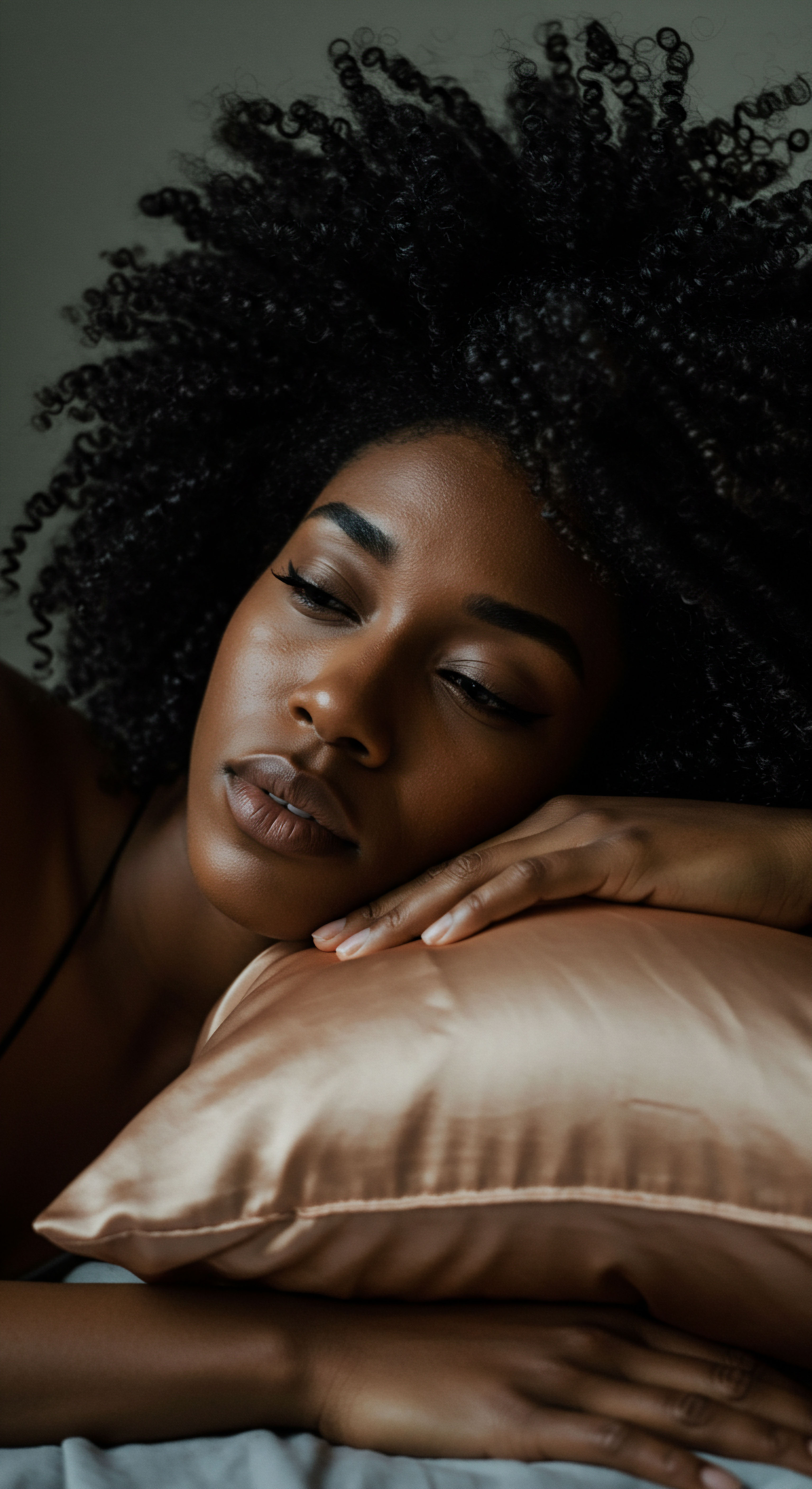
Cleansing and Product Interaction
The method and frequency of cleansing textured hair significantly influence scalp health. Some prefer co-washing, a conditioner-only cleanse, while others opt for low-lather shampoos. Regardless of the chosen method, the objective remains the same ❉ to remove impurities without stripping the scalp’s natural oils or disturbing its delicate pH. Products that are too alkaline can lift the hair cuticle and disrupt the scalp’s acid mantle, potentially leading to dryness and irritation.
When applying products, particularly those containing concentrated natural extracts, the manner of application matters. Direct application of undiluted or highly concentrated extracts onto the scalp, rather than diluting them or applying them primarily to the hair lengths, increases the likelihood of an adverse reaction. Layering multiple products, each containing various botanical components, also presents a challenge. The cumulative effect of these ingredients, or their unexpected interactions, can sometimes overwhelm the scalp, leading to sensitivities that might not arise from a single ingredient used alone.
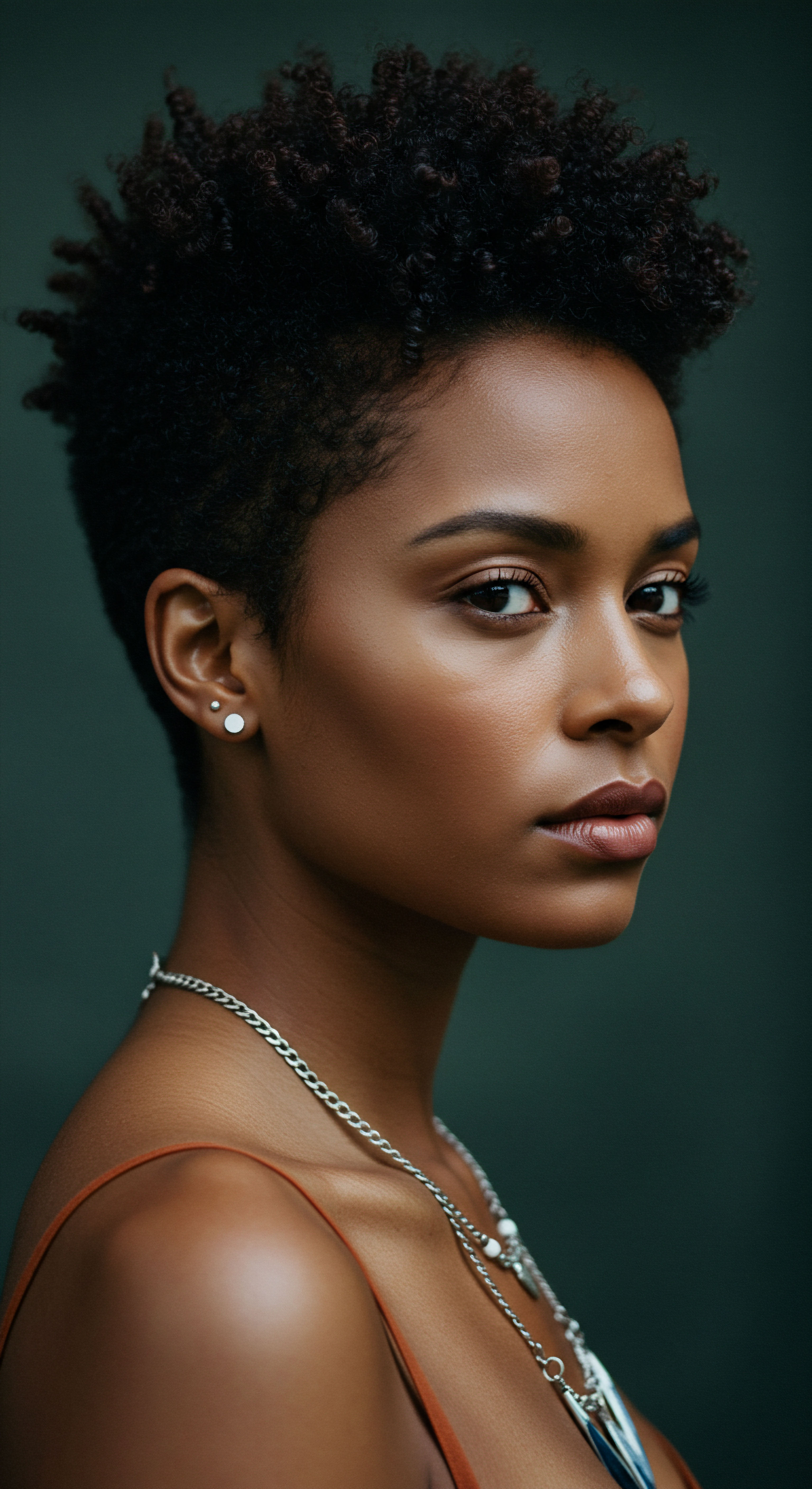
The Enduring Wisdom of Patch Testing
Before fully incorporating any new product, especially one rich in natural extracts, a patch test stands as an indispensable act of caution. This simple yet profound practice involves applying a small amount of the product to a discreet area of skin, such as behind the ear or on the inner arm, and observing for 24 to 48 hours. This allows for the detection of potential allergic reactions, such as redness, itching, or swelling, before widespread application. This small step honors the individual nature of our bodies and protects our scalp from undue distress.
Mindful application and the enduring practice of patch testing are vital safeguards in scalp care.
The frequency of washing textured hair also plays a part in scalp well-being. Studies indicate that for individuals with afro-textured hair, weekly washing can help alleviate dandruff and scalp discomfort, suggesting that regular removal of product buildup and environmental debris is beneficial. However, the choice of cleansing agents during these washes remains paramount to avoid irritation.
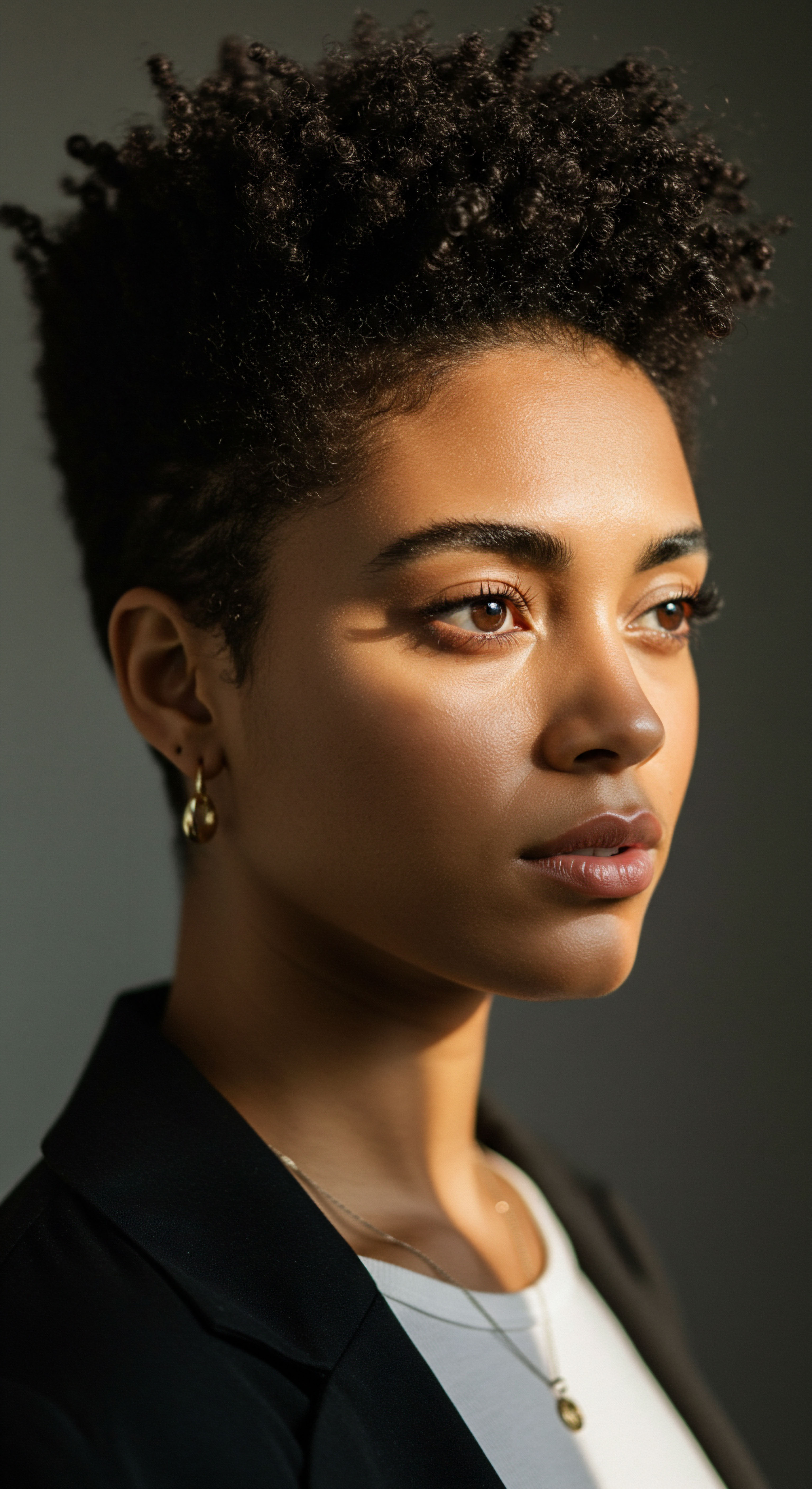
Relay
We now step into a more intricate dialogue, one where the revered botanical world reveals its complexities. While natural extracts are often celebrated for their gentle qualities and ancestral wisdom, certain components, when concentrated or combined, can present an unexpected challenge to the sensitive textured hair scalp. This segment peels back the layers, scrutinizing specific plant-derived ingredients and the scientific underpinnings of their potential to cause irritation, drawing upon the deeper currents of research and lived experience.

Are Essential Oils Truly Gentle? Concentrated Power, Potential Pitfall
Essential oils, the concentrated aromatic essences of plants, are frequently lauded for their therapeutic properties. However, their potency means they carry a significant potential for irritation, particularly when applied directly or in high concentrations to the scalp.
- Peppermint Oil ❉ Often sought for its stimulating and cooling sensation, peppermint oil contains menthol, which can cause a tingling or burning sensation, especially at higher concentrations. While some studies explore its benefits for hair growth, they often use diluted solutions. A 3% concentration, for instance, has been studied in animal models, but even at this level, some individuals may experience irritation.
- Tea Tree Oil ❉ Known for its antimicrobial properties, tea tree oil can be a potent irritant if not properly diluted. While beneficial for certain scalp conditions, its strong nature requires careful handling.
- Citrus Oils (Lemon, Orange, Bergamot) ❉ These oils, while lending a refreshing scent, contain compounds like limonene and linalool that can be phototoxic, meaning they react with sunlight to cause skin irritation or hyperpigmentation. They are also common contact allergens.

Understanding the Role of Concentration in Essential Oil Reactions
The concentration of an essential oil within a product is a critical determinant of its potential to irritate. A mere few drops of a pure essential oil can be significantly more potent than an herbal tea or a plant extract. This calls for a careful approach, always prioritizing dilution with carrier oils or ensuring that formulated products contain these oils at safe, tested levels. For instance, a 2014 animal study on peppermint oil for hair growth specifically used a 3% concentration, highlighting the importance of precise dilution.

What Plant Extracts and Hydrosols Might Cause Reactions? Beyond the Gentle Veil
Beyond the concentrated world of essential oils, other plant extracts and hydrosols, often perceived as universally benign, can also provoke scalp sensitivity in susceptible individuals.
Witch Hazel (Hamamelis virginiana) ❉ Valued for its astringent properties, witch hazel can be beneficial for oily or irritated scalps. However, its high tannin content can be drying for some, potentially leading to increased flaking or irritation, especially for those with already dry or sensitive scalp conditions. While it can calm inflammation, for individuals with very dry scalps, it may exacerbate dryness.
Aloe Vera (Aloe barbadensis leaf juice) ❉ Though widely celebrated for its soothing qualities, aloe vera can, in rare instances, trigger allergic reactions. Symptoms might include redness, itching, or hives. Moreover, if not rinsed completely, aloe vera gel can leave a residue that attracts dirt or interacts with other products, potentially causing discomfort or changes in hair texture.
Consider a compelling data point from a broader context ❉ In a study investigating contact allergens in hair products for textured hair, researchers found that 97.2% of ethnic hair shampoos and 96.9% of ethnic hair conditioners contained fragrances. Among these, common fragrance allergens such as Linalool and Limonene were frequently identified. This highlights that even within products marketed for textured hair, naturally derived fragrance components can be a widespread source of potential irritation.
Another study, examining hair removal products in the French market, reported that fragrance allergens were present in 48% of the products, with linalool and limonene being the most common, found in 67% and 50.3% respectively. This underscores the pervasive presence of these compounds in personal care items and their established role as sensitizers.
The following table illustrates some common natural extracts and their typical associated scalp reactions ❉
| Natural Extract Peppermint Oil |
| Primary Compounds of Concern Menthol |
| Typical Scalp Reaction Tingling, burning, redness, dryness |
| Consideration for Textured Hair Use only highly diluted; strong sensation may be mistaken for effectiveness. |
| Natural Extract Tea Tree Oil |
| Primary Compounds of Concern Terpinen-4-ol |
| Typical Scalp Reaction Redness, itching, dryness, allergic contact dermatitis |
| Consideration for Textured Hair Requires significant dilution; potential for overuse. |
| Natural Extract Citrus Essential Oils (Lemon, Orange, Bergamot) |
| Primary Compounds of Concern Limonene, Linalool, Furocoumarins |
| Typical Scalp Reaction Photosensitivity, allergic contact dermatitis, redness, itching |
| Consideration for Textured Hair Avoid sun exposure after use; check for "furocoumarin-free" versions. |
| Natural Extract Witch Hazel |
| Primary Compounds of Concern Tannins |
| Typical Scalp Reaction Drying, increased flaking, irritation for dry scalps |
| Consideration for Textured Hair May be too astringent for naturally drier textured hair scalps. |
| Natural Extract Aloe Vera |
| Primary Compounds of Concern Anthraquinones, specific proteins |
| Typical Scalp Reaction Allergic reactions (redness, itching, hives), residue buildup |
| Consideration for Textured Hair Patch test is essential; ensure proper rinsing. |
| Natural Extract This table provides a general overview; individual reactions can vary significantly. |

The Unseen Influencers ❉ Product Formulation and Individual Variability
The journey of a natural extract from plant to product involves complex formulation science. The overall composition of a hair care product, including its emulsifiers, preservatives, and other active ingredients, can significantly influence how a natural extract interacts with the scalp. Some ingredients may buffer the potential irritancy of an extract, while others might inadvertently enhance its sensitizing effects. For instance, certain surfactants, while necessary for cleansing, can disrupt the skin barrier, making the scalp more vulnerable to irritation from other ingredients.
Natural extracts, though revered, can contain potent compounds that challenge the scalp’s equilibrium.
Moreover, individual variability in scalp sensitivity is a profound aspect of this discussion. Factors such as genetics, environmental exposures (like pollution), stress levels, and existing scalp conditions (such as eczema or psoriasis) all play a part in determining how a person’s scalp responds to a given ingredient. What one person’s scalp tolerates beautifully, another’s might reject with immediate discomfort. This underscores the highly personal nature of scalp care and the ongoing need for careful observation and responsiveness to one’s unique physiological signals.
A study by Lueangarun and Panchaprateep (2020) on androgenetic alopecia treatment, comparing an herbal extract combination to 3% minoxidil solution, observed that while the herbal combination showed no local adverse reactions, one subject in the minoxidil group developed scalp eczema. While this particular study focused on hair growth treatments rather than general hair care, it highlights that even in a controlled clinical setting, different topical applications can elicit varying scalp responses, emphasizing individual sensitivity and the potential for irritation even from established treatments.

Reflection
As we draw our considerations to a close, the path to understanding scalp well-being for textured hair reveals itself not as a linear instruction set, but as an ongoing conversation. It is a dialogue between ancient botanical wisdom and modern scientific understanding, between collective heritage and individual sensitivity. The aspiration for vibrant, healthy hair leads us always back to the scalp, a terrain that asks for our deep respect and gentle curiosity. Choosing products with care, listening intently to our body’s subtle cues, and recognizing that even nature’s gifts require discernment allows us to cultivate not only beautiful hair, but a profound sense of well-being.

References
- Daftary, Karishma, et al. “Contact Allergens in Hair Care Products Formulated for Textured Hair.” Journal of the American Academy of Dermatology, vol. 86, no. 3, 2022, pp. 675-676.
- González-Muñoz, P. et al. “Allergic Contact Dermatitis Caused by Cosmetic Products.” Actas Dermo-Sifiliográficas, vol. 105, no. 9, 2014, pp. 822-832.
- Lueangarun, Suparuj, and Ratchathorn Panchaprateep. “An Herbal Extract Combination (Biochanin A, Acetyl tetrapeptide-3, and Ginseng Extracts) versus 3% Minoxidil Solution for the Treatment of Androgenetic Alopecia ❉ A 24-week, Prospective, Randomized, Triple-blind, Controlled Trial.” Journal of Clinical and Aesthetic Dermatology, vol. 13, no. 10, 2020, pp. 32-37.
- Nanyan, Pierre. “Fragrance Allergens in Hair Removal Cosmetic Products.” Dermatitis, vol. 30, no. 4, 2019, pp. 268-271.
- Tawfik, A. et al. “Hair Product Allergy ❉ A Review of Epidemiology and Management.” Current Dermatology Reports, 2024.
- Wong, E. et al. “Contact Dermatitis Due to Hair Care Products ❉ A Comprehensive Review.” MDPI, 2024.
- Zülli, Franz, and Fred Zülli. “Scalp microbiome ❉ why it’s essential for healthy hair.” Cosmetics & Toiletries, 2021.